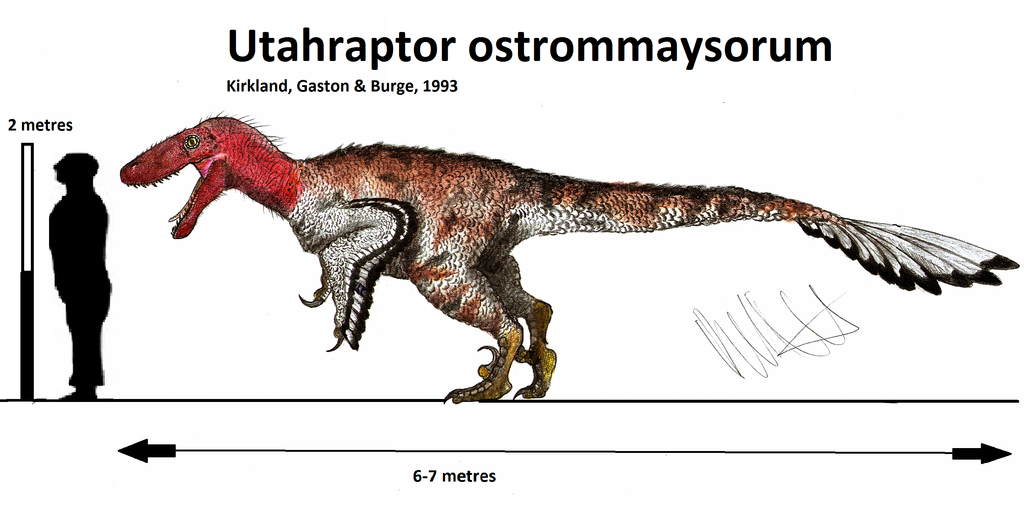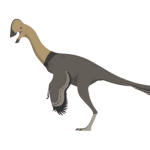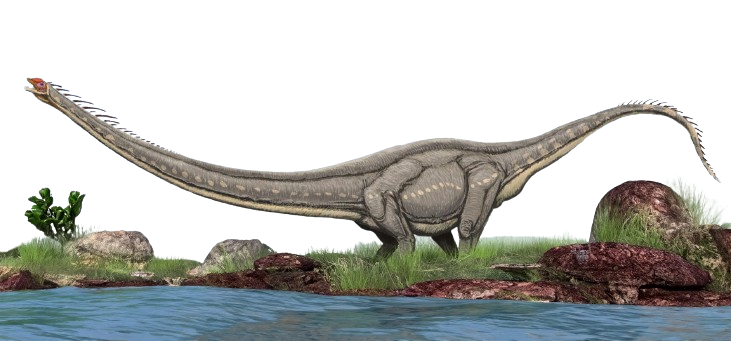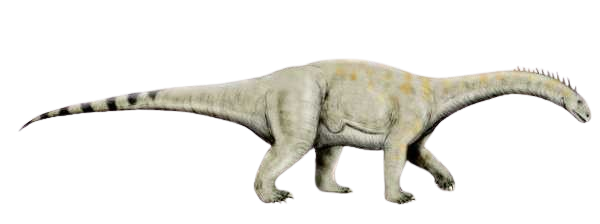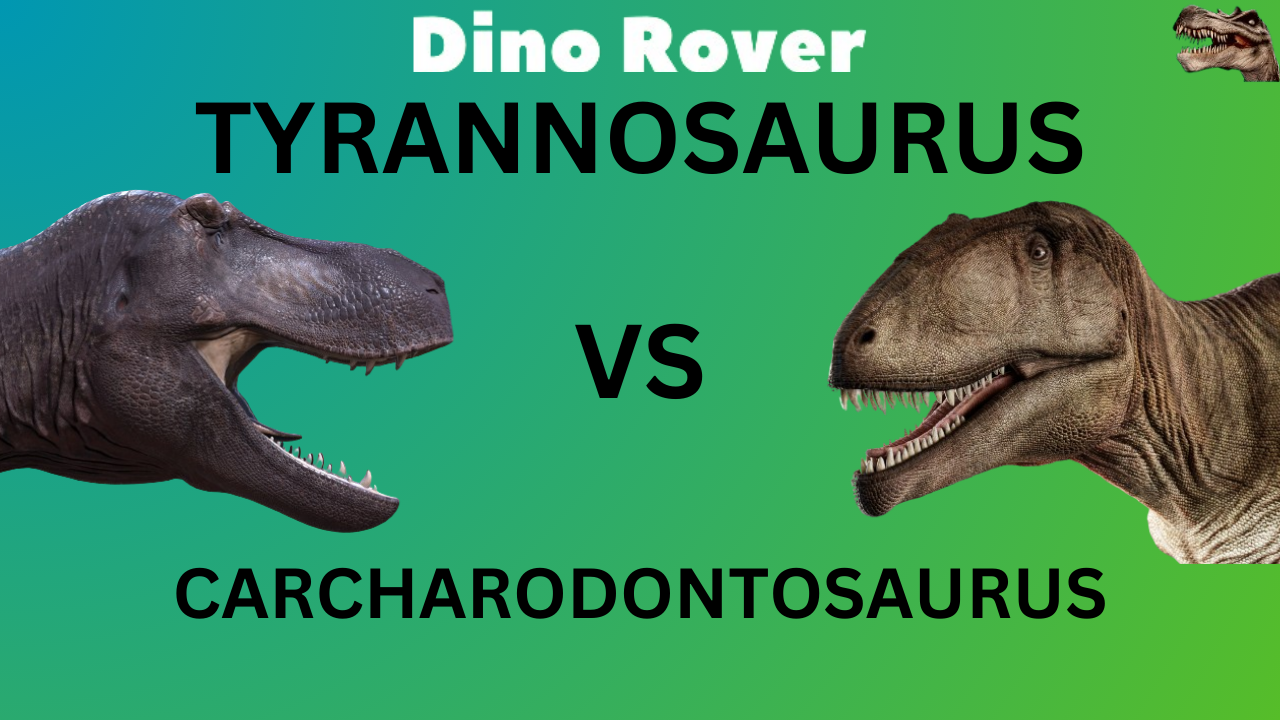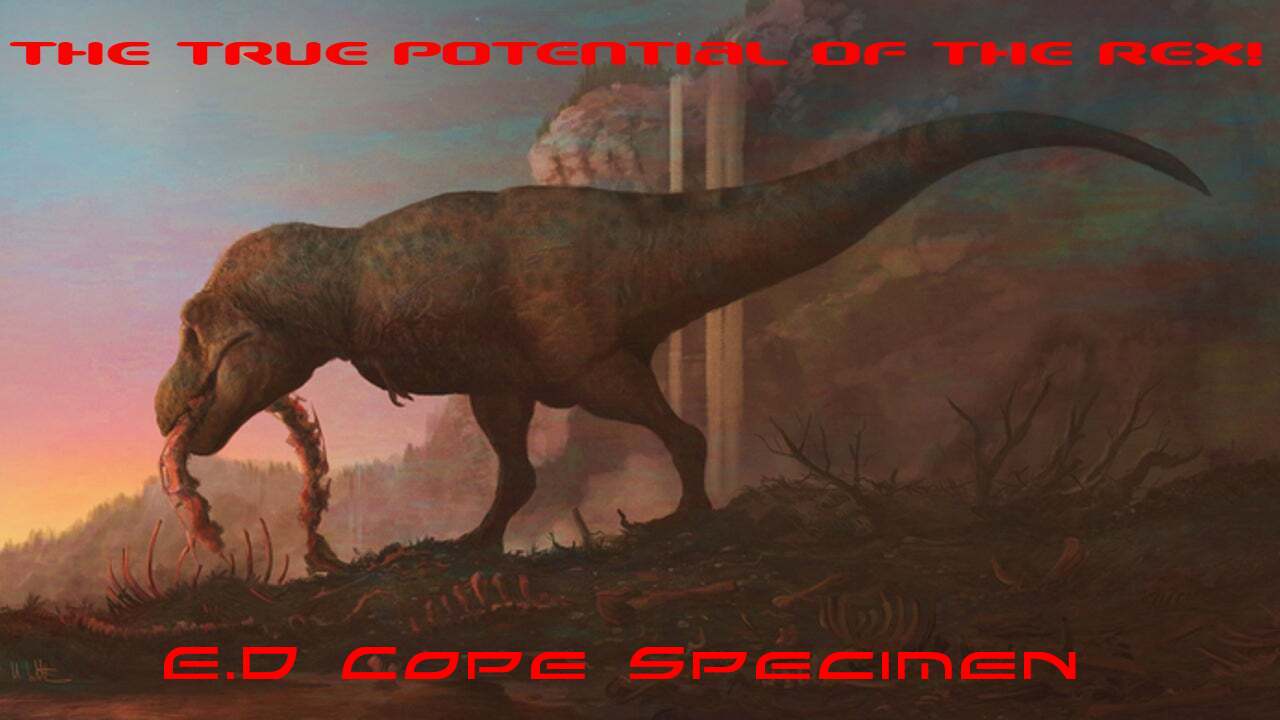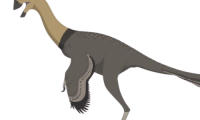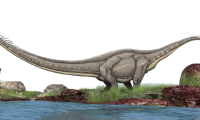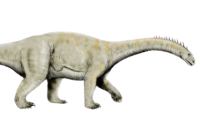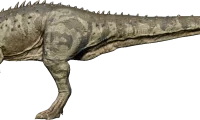In the realm of prehistoric carnivorous giants, Megalosaurus stands as a fascinating and pivotal figure in the evolutionary tapestry. This colossal dinosaur, closely kin to the formidable Giganotosaurus and Carcharodontosaurus, played a pivotal role during the Cretaceous period, serving as an evolutionary precursor to its renowned relatives. Remarkably, Megalosaurus holds the distinction of being the inaugural dinosaur fossil discovered by the esteemed paleontologist William Buckland in 1824. This groundbreaking find occurred within the Bathonian formations of England, shedding light on the incredible diversity of Earth’s ancient inhabitants.
Megalosaurus, like its evolutionary descendants, adopted a bipedal stance, featuring a formidable structure befitting its carnivorous lifestyle. Despite its diminutive forelimbs, characterized by a mere vestige, Megalosaurus possessed a bite force surpassing even that of contemporary alligators. Measuring an impressive 9 meters in length, standing 3 meters tall, and weighing between 1 to 2 tons, Megalosaurus occupied a commanding position within the Jurassic ecosystem.
As a carnivorous powerhouse, Megalosaurus actively engaged in predation, targeting large herbivores such as Adeopapposaurus and imposing sauropods like Aeolosaurus. Its predatory prowess extended beyond mere confrontations, as Megalosaurus demonstrated the capacity to take down sauropods exceeding the size of Aeolosaurus. The adaptive nature of Megalosaurus suggests it may have also embraced a scavenging lifestyle, contributing to its ecological versatility during a dynamic period in Earth’s history.
Megalosaurus’ existence unfolded against the backdrop of the Jurassic period, a time when Earth’s landscapes bore witness to the rise and fall of monumental creatures. This dinosaur, through its evolutionary legacy and role in the food chain, has left an indelible mark on the scientific understanding of prehistoric life, allowing paleontologists to piece together the intricate puzzle of Earth’s ancient ecosystems.



